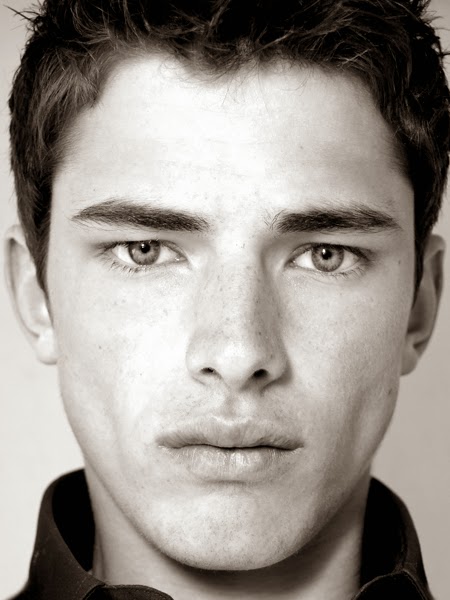If you answered the question you probably gave the wrong answer. Startup culture is wolf culture, while dogs revel in “corporate-style” hierarchy.
(By George ILIEV)
The phrase "dog-eat-dog" was coined for a reason. Counterintuitively, dogs do not cooperate among themselves. Wolves do. Dogs dominate or obey each other in a strict hierarchy of submission, whereas wolves are the ones who “discuss” to make group decisions. If you work for a startup, you are likely working in a “wolf culture”, grounded in cooperation and tolerance. If you work at a big corporation, your environment is probably a “dog culture”, based on domination and pecking order.
EXPERIMENT 1: Top dog dominates in "dog-eat-dog" hierarchy
Recent experiments in Austria show that a top dog will monopolise all food and will not let a lower-ranking dog eat from its bowl. A lower-ranking dog would be so intimidated it would not even dare attempt to eat with the top dog. In contrast, the same experiment with wolves shows that both high-ranking and low-ranking pack members share access to the food. There is a simple explanation why dogs have diverged so far from the cooperative nature of wolves. Dogs were bred for their obedience to man, who is seen by the dog as the “top dog”. Humans mistakenly perceive this as cooperation but from the dog’s perspective this is submission, not cooperation. A dog’s true (beige-to-grey) colours shine through when left in a group of its own.
EXPERIMENT 2: Dogs are poor at independent problem-solving
The domestication of the dog, over
around 10,000 years of selective breeding, has reinforced the dog’s hierarchical perception of the world and the micro-society of the pack. This appears to impact the dog’s problem-solving skills. Experiments with dogs and wolves show that 80% of wolves manage to open a can of sausages, while no adult dogs manage to achieve this under the same conditions. The exception are dog puppies, who manage to open the can with a similar success rate as the wolves. This shows that the lack of independence in dogs is increased by their cohabitation with humans as puppies grow up.
THREE LESSONS FOR THE BUSINESS WORLD
Lesson 1: Companies are no democracies
The results of the group-feeding experiment bring to mind a well-known fact: No matter how much we praise democracy as the most sophisticated system for ruling a country , corporations are not democracies. Corporations are authoritarian organisations with an established hierarchy, just like an army, a police unit and a pack of dogs.
Lesson 2: Do not confuse submission with cooperation
Corporate executives can learn from the psychology of the dog. Your corporate subordinates might be very cooperative in their interaction with you (their boss), but that does not mean they see themselves as cooperating. Instead, they may be perceiving themselves as Yes-men who have to act submissively. This model may work for subordinates without strong independent thinking but if you want to keep the real problem-solvers working for you, you have to empower them and treat them like wolves treat each other, with a degree of equality. Otherwise your subordinates may leave for a less hierarchical organisation or for a startup.
Lesson 3: Corporations institutionalise their employees
Corporate culture institutionalises its employees just like the human “top-dog” reduces the problem-solving skills of his/her pet as the puppy grows up. Conversely, startup culture encourages problem solving and independent thinking in ways similar to what the wolf experiments show.
Hope at the end of the dog kennel
Let’s not give a dog a (completely) bad name. Corporations come in all shapes and sizes and corporate cultures vary hugely. In a similar way, there is variation among dog breeds: Labrador retrievers and poodles are more hierarchical and aggressive towards lower-ranking pack members than German shepherds are. It may be no coincidence that German shepherds physically resemble wolves much more closely.
In the corporate world, Google and Facebook have a “less-hiearchical” hierarchy than oil and mining giants like ExxonMobil and BHP Billiton. In the end, both Google and Facebook were born as startups 10-15 years ago. Would another 10,000 years of selective breeding change that?
I look forward to your thoughts in the comments below or
@GeorgeILIEV













